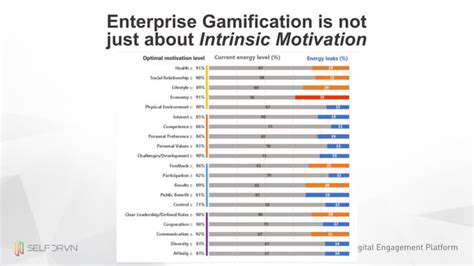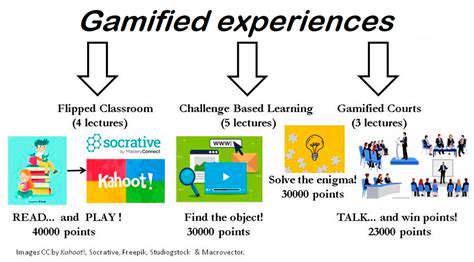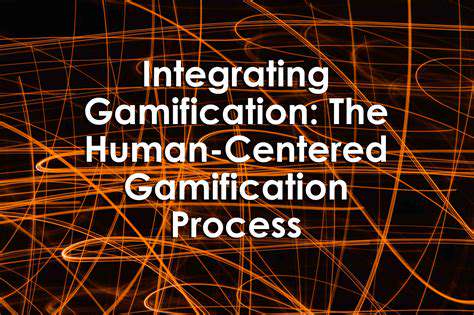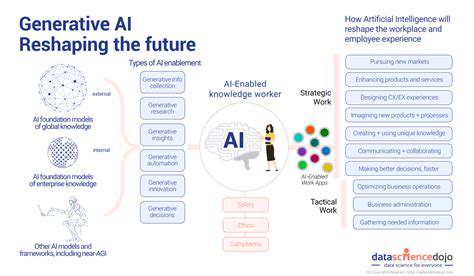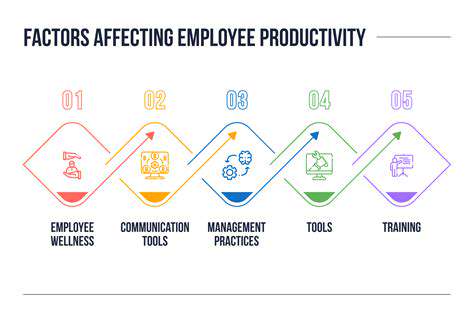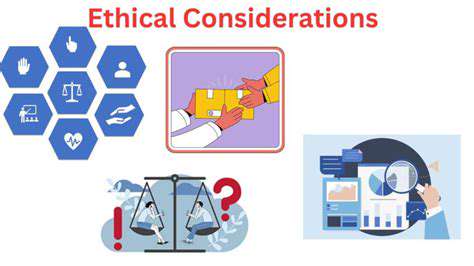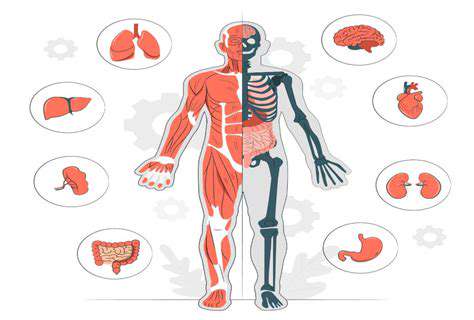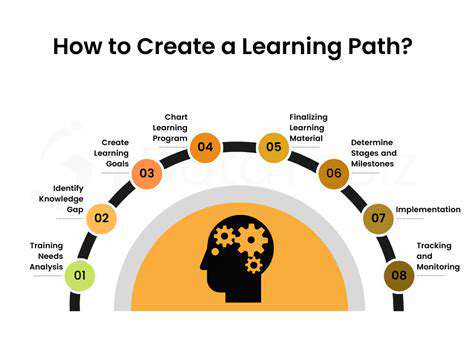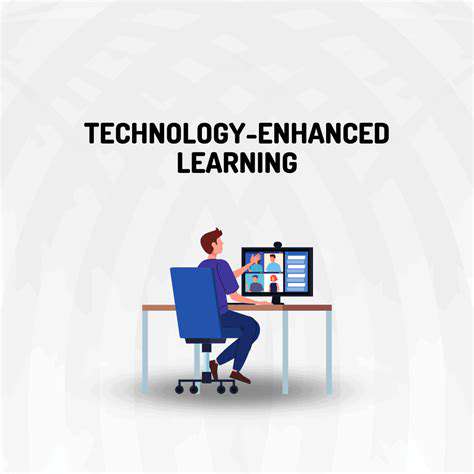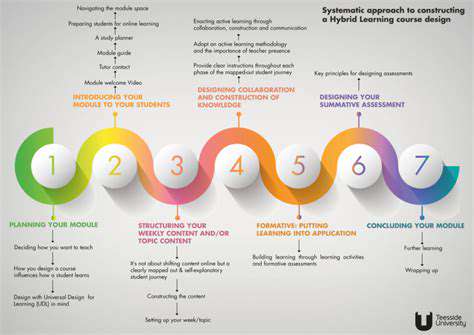Building an EdTech Strategy: A Blueprint for Institutions
Building Teacher Capacity and Support
No amount of advanced technology can compensate for unprepared teachers. Effective professional development goes beyond one-time training sessions to create ongoing support systems. Many districts find success with technology champions - early adopters who mentor their colleagues through the transition.
The most successful schools integrate technology training into regular staff meetings, allowing teachers to share successes and troubleshoot challenges together. This collaborative approach builds confidence much faster than isolated training modules.
Creating a Supportive Learning Environment
Technology integration flourishes in environments that encourage experimentation. Students and teachers alike need permission to try new approaches without fear of failure. Some innovative schools have implemented tech sandboxes - safe spaces where educators can test tools before classroom use.
This cultural shift requires leadership that celebrates creative problem-solving. When a lesson using new technology doesn't go as planned, the focus should be on learning from the experience rather than assigning blame.
Fostering Collaboration and Communication
Breakdowns in EdTech implementation often stem from communication gaps. Successful schools establish multiple feedback channels - regular surveys, suggestion boxes, and cross-functional teams that include teachers, IT staff, and administrators.
The most innovative solutions frequently emerge from teacher collaboration. When educators share successful strategies across departments, they create a multiplier effect that benefits the entire school community.
Measuring and Evaluating Impact
Effective evaluation moves beyond superficial metrics like device usage to examine deeper learning outcomes. Are students demonstrating improved critical thinking? Can they apply knowledge in new contexts? Qualitative measures like student portfolios often reveal more than standardized test scores.
The evaluation process itself should evolve over time. As technology and teaching methods advance, schools need to regularly revisit their assessment frameworks to ensure they're capturing what truly matters.
Measuring and Evaluating EdTech Impact
Defining Measurable Outcomes
Before launching any EdTech initiative, schools must answer a critical question: What does success look like? Vague goals like improve engagement lack the specificity needed for meaningful evaluation. Better metrics might include: 80% of students will complete optional enrichment activities or Teachers will report spending 30% less time on administrative tasks.
These outcomes should directly connect to the school's broader mission. If developing creative problem-solving is a priority, the evaluation should measure how technology enhances this skill through project-based learning activities.
Utilizing Data Collection Methods
Modern EdTech platforms generate vast amounts of usage data, but the most valuable insights often come from human observations. Combining analytics with classroom walkthroughs and student interviews creates a complete picture of impact.
Ethical data practices are non-negotiable. Schools must clearly communicate what data they collect and how it will be used to improve learning while protecting student privacy.
Analyzing and Interpreting Results
Data analysis should answer why questions, not just what. If math scores improved after implementing a new learning platform, was it due to the technology itself, accompanying teacher training, or changes in instructional methods? Triangulating data from multiple sources helps isolate the true drivers of improvement.
This analysis should also identify unintended consequences. Did the new reading app improve comprehension but decrease peer collaboration? Such insights are crucial for balanced decision-making.
Establishing a Continuous Improvement Cycle
The most successful schools treat EdTech evaluation as an ongoing process rather than an annual event. Monthly data reviews allow for mid-course corrections, while end-of-term analyses inform larger strategic decisions.
This cycle creates organizational learning - each iteration builds knowledge about what works in specific contexts. Over time, schools develop their own evidence-based playbook for effective technology integration.
